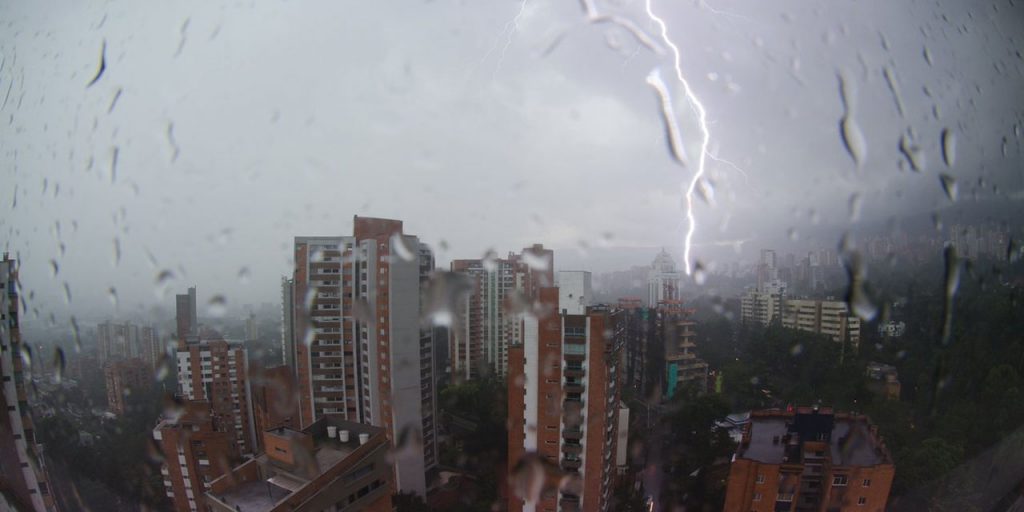This year’s first rainy season has left 4,000 victims in Colombia so far. At least 18 people have died, according to the country’s disaster management agency.
Landslides, floods, collapses in infrastructure and road damages have affected almost 10% of the country, with departments along the nation’s Caribbean and Pacific coasts being hit the hardest.
Affected regions
In Antioquia, landslides have obstructed several roads, leaving 98% of the department on alert, including one municipality being put on red alert.
In Santander, on Monday, there was an overflow in the Pailitas stream, which caused a landslide that dragged ten vehicles under and left two people missing. Relief agencies have issued an orange alert in this department.
Meanwhile in the Pacific department of Valle del Cauca, crop damages and flooded roads have put a squeeze on the local economy. Cali, the department’s capital, remains on yellow alert.
In Barranquilla, Saturday’s heavy rains left more than 500 homes affected and a 17-year-old boy with Down syndrome disappeared.
In Arauca, relief agencies continue the rescue work in the rural sector of the Saravena municipality, where in the early hours of Sunday there was an overflow in the Banadias River, leaving around 400 families affected.
The Institute of Hydrology, Meteorology and Environmental Studies (Ideam) stated in its daily bulletin that the Caribbean and Andean region were on high alert due to an increase in river levels.
Director of the National Unit for Disaster Risk Management (UNGRD), Carlos Ivan Marquez, believes Colombians must remain vigilant throughout the tempestuous season.
“The important thing is that we do not lower our guard in prevention (…) we ask people not to be exposed, do not travel at night when it is raining, do not go out when there is lightning around,” said Marquez.
Upgrades are being made
Despite the number of affected regions, Colombia has improved its infrastructure and development surrounding flooding rains, according to Marquez.
“Colombia was very vulnerable to the rainy season, the last big events have been the phenomena of ‘la niña’ in 2010 and 2012, that gave rise to mitigation works,” said Marquez.
“There are 4,000 families (affected). Comparing that to 50,000 families in previous years, it is a very small number. Yet a family that is affected still requires full attention.”
Marquez added that the government has invested at least $4 billion to safeguard the country against flooding rains.
“There are more than 5400 works that have been built throughout the national territory, more than 112 early warning systems, as well as the creation of the logistics center for operations,” Marquez said.
The rainy season began in March and normally ends in June.


